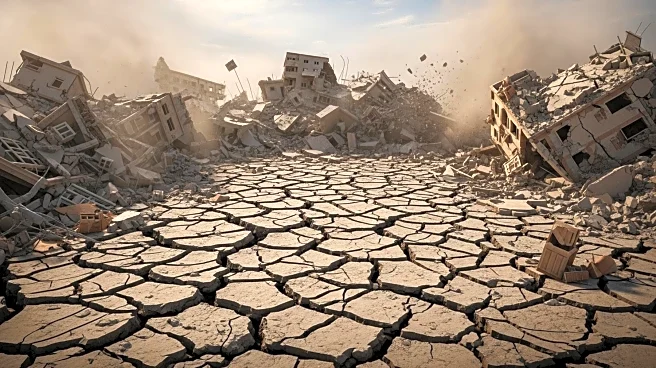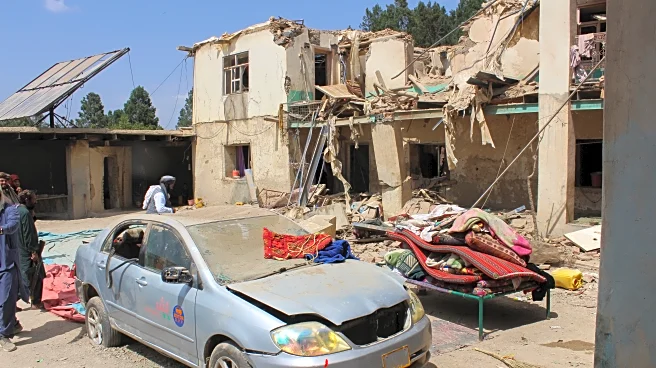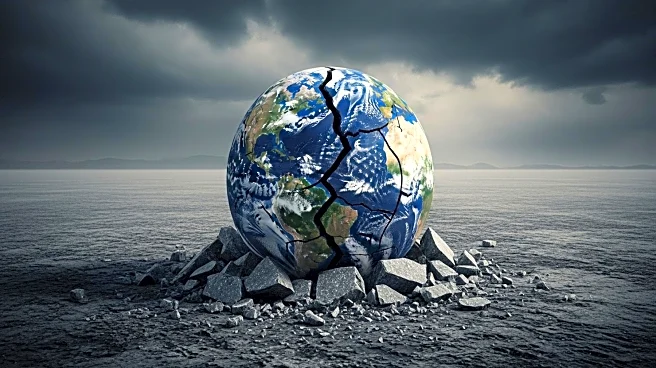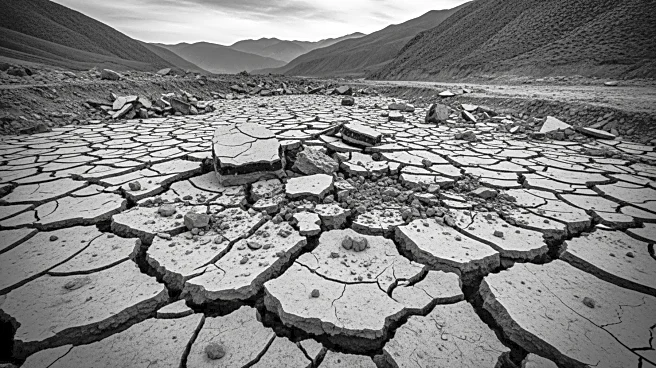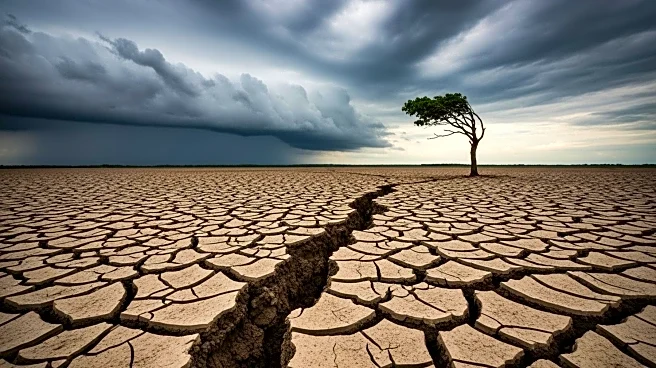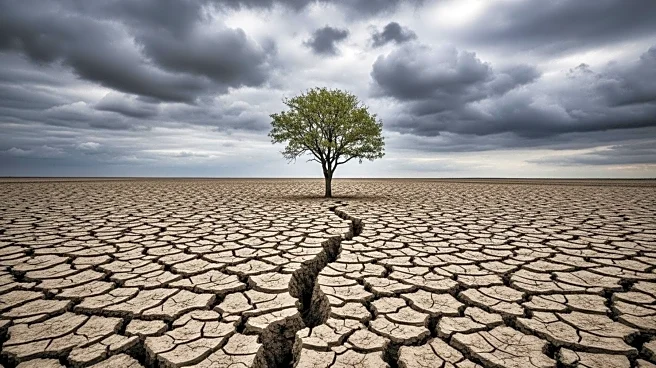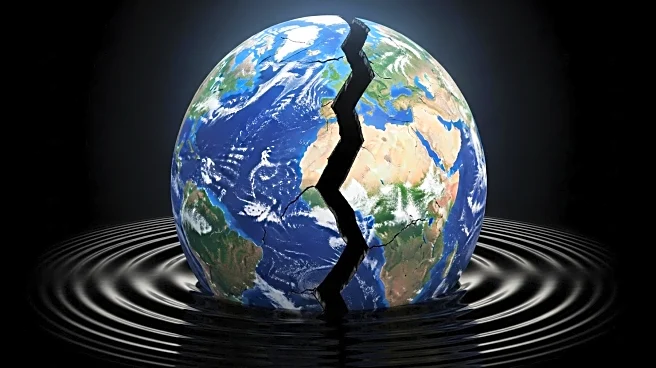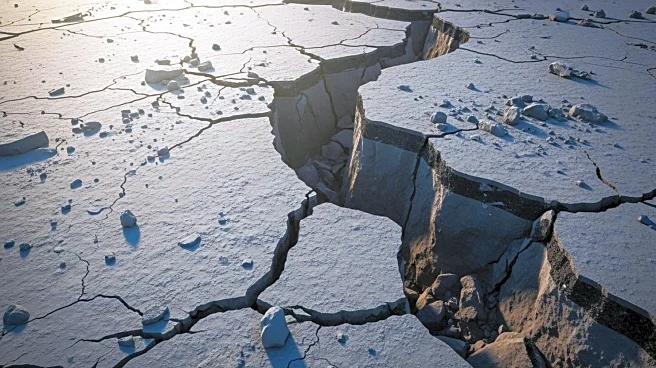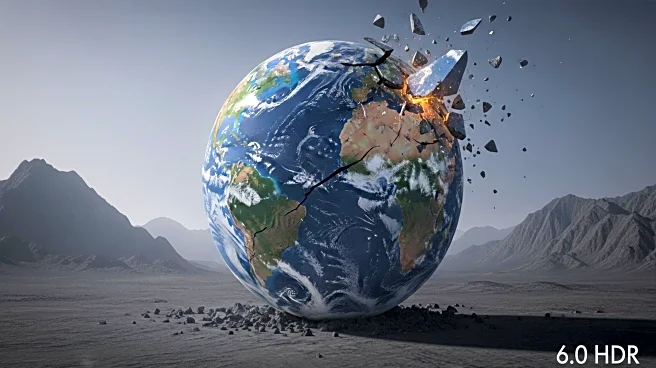What is the story about?
What's Happening?
A magnitude 6.0 earthquake struck eastern Afghanistan near the Pakistan border, causing significant destruction and loss of life. The earthquake, which occurred late Sunday, was centered 17 miles east-northeast of Jalalabad in Nangarhar province, as reported by the U.S. Geological Survey. The quake resulted in the destruction of numerous villages and extensive damage, with at least 250 people killed and 500 injured, according to the Kunar Disaster Management Authority. Rescue operations are ongoing, and the number of casualties is expected to rise as more areas report their figures. Medical teams from Kunar, Nangarhar, and Kabul have been deployed to assist in the affected regions.
Why It's Important?
The earthquake highlights the vulnerability of Afghanistan to natural disasters, particularly in regions with poor construction standards. The affected areas, including Jalalabad, are crucial for trade and agriculture, which may face disruptions due to the damage. The humanitarian impact is significant, with many families losing their homes and livelihoods. The disaster underscores the need for improved infrastructure and emergency preparedness in Afghanistan, a country already facing numerous challenges. The international community may need to provide aid and support to assist in recovery efforts.
What's Next?
As rescue operations continue, the focus will be on providing immediate relief to the affected populations, including medical care and shelter. The Afghan government and international organizations may need to coordinate efforts to rebuild the destroyed villages and restore essential services. Long-term strategies may involve strengthening building codes and disaster response mechanisms to mitigate future risks. The situation may also prompt discussions on international aid and support for Afghanistan's recovery and development.
Beyond the Headlines
The earthquake may have broader implications for regional stability, as Afghanistan's infrastructure and governance are already strained. The disaster could exacerbate existing socio-economic challenges, potentially affecting migration patterns and regional cooperation. The event may also highlight the need for international collaboration in disaster risk reduction and climate resilience efforts in vulnerable regions.
AI Generated Content
Do you find this article useful?
